Echeveria lola belongs to the family Crassulaceae. It originates from Mexico and from Central America.
A famous succulent gardener Dick Wright produced this beautiful hybrid succulent variety in 1980 from Echeveria lilacina and Echeveria derenbergii. You can also call them Mexican Hens and Chicks.
However There are contradictory thoughts over Echeveria derenbergii being named as the mother plant as some people think it should be ideally Echeveria deresina or Echeveria ‘Tippy’ instead of Echeveria derenbergii.
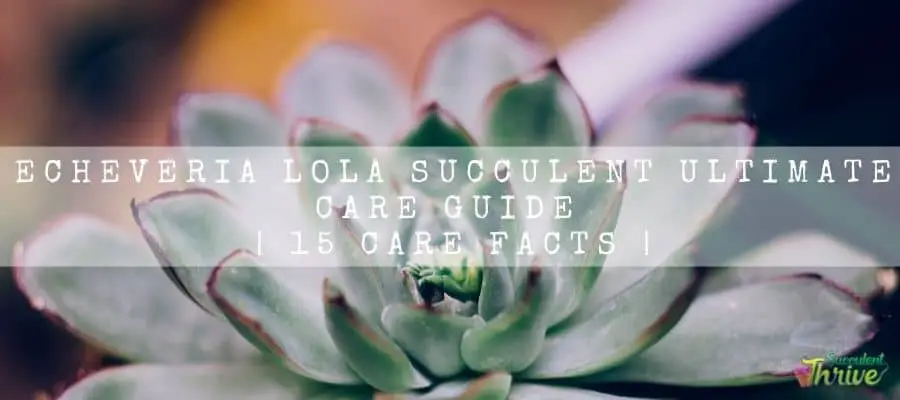
How do I identify an echeveria lola?
Echeveria lola leaves grow in rosette shapes, overlapping each other. Their rosettes will be in rose bud shape and green.
Furthermore, they carry a thick wax layer on their leaves. That adds more grace to the plant. You could call that substance as farina. Moreover When they appear covered in wax, it looks like an alabaster.
Echeveria lola is a tough plant. However, frost could badly affect these plants.
Size
They usually grow with a height of 3’ to 6’ ( 15 cm ) once they are in their mature size. On the other hand, their rosettes will be about 6 inches wide.
One look care guide
| Botanical Name | Echeveria Lola |
| Common Name | Mexican Hens and Chicks |
| Plant Type | Succulent |
| Mature Size | height of 3’ to 6’ ( 15 cm ) |
| Sun Exposure | Full sunlight to partial shade |
| Soil Type | Well draining |
| Soil pH | Slightly acidic / pH of 6.0 |
| Bloom Time | Spring |
| Flower Color | pink or yellow shade |
| Hardiness Zones | USDA 9-11. |
| Native Area | Mexico |
| Toxicity | Non Toxic |
| Average price | 18 USD |
Care guide | 15 Tips |
Light Requirement
If we consider an Echeveria Lola plant it could perform well in bright light , preferably with the afternoon sunlight. It could be happy with an indoor grow light too.
Besides that, if these plants are growing outdoors, they could bear the full sunlight to partial sunlight.
Echeveria lola is somewhat different to other perennials as they do not like to grow in direct sunlight.
Ideally, you need to provide filtered bright sunlight.
Temperature and humidity
This succulent plant flourishes in cool temperatures as well as in average temperatures. The colors of the leaves will change if we give them a cooler temperature.
Echeveria Lola cannot withstand the cold temperatures below 20 degrees Fahrenheit.
If we give them too much sunlight particularly in summer, chances are that leaves could get sunburns or unusual spots on the surfaces of the leaves.
If we have planted them outdoors, make sure that it gets bright sunlight. Further they will be happy with Partial sunlight in the afternoon .
Succulents generally take time to adapt to the sunlight. So, whenever you are exposing them to sunlight , make sure that you do it gradually. You have to practice this step especially with the young succulents.
When it comes to humidity ensure that you have grown them outdoors under low humidity conditions.
Do not locate your plant near humid locations. Instead you should plant them in closed terrariums, terra cotta pot etc. Those conditions help to have a good evaporation.
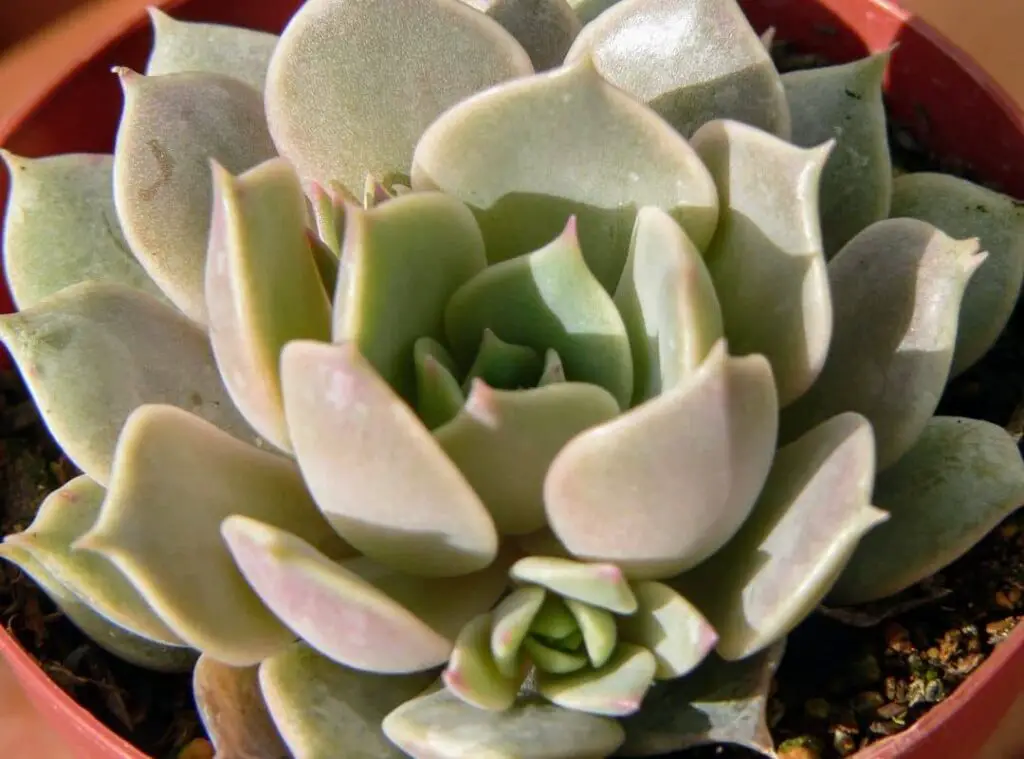
Is it cold hardy?
Echeveria lola is not a cold hardy plant.
USDA Hardiness Zone
Their preferred USDA hardiness zones would be 9-11.
Watering Requirement
Echeveria lola is a plant which usually grows in drought conditions just like the other echeveria plants.
You need to practice the common standard when you water them , like you have to wait until the soil is completely dry after one watering before you proceed with another watering session.
Moreover you should apply water at the base of the plant without watering the rosettes. Unless, there will be issues such as root rots and pest attacks.
You can apply the soak and dry method to check whether the soil is dry or not.
If you apply the soak and dry method for these echeverias they will help to form a firm and a stable and healthy root system as well.
Echeveria lola plants can survive with minimum water simply because they are drought tolerant.
You should avoid over watering the plant as that will cause severe repercussions. Do not let the soil be in wet conditions for too long too.
Refrain in using water spray bottles for watering as then the plants will get only a small amount of water. Instead, you should water these plants thoroughly in limited frequencies.
Soil Requirement Type / pH
You should provide a well-draining amended soil type. That will help the water to move through and it will not retain its roots. You could add coarse sand , pumice coir or perlite to make better conditions for the plant.
You could either make your own soil mix as well.
If you wish to grow the Echeveria lola outdoors, ensure that you provide well-draining cactus or succulent soil.
Further You could mix the potting soil with substances such as coarse sand, pumice coconut coir, gravel to make the soil mix perfect for this.
They will let the plant absorb more nutrients and will make the drainage efficient.
Flowering and Fragrance
Echeveria lola plants blossom during the spring. Their flowers will be bell shaped and will carry a pink or yellow shade.
Just as with other types of cacti and with succulents, pollinators such as bees attract the flowers of them.
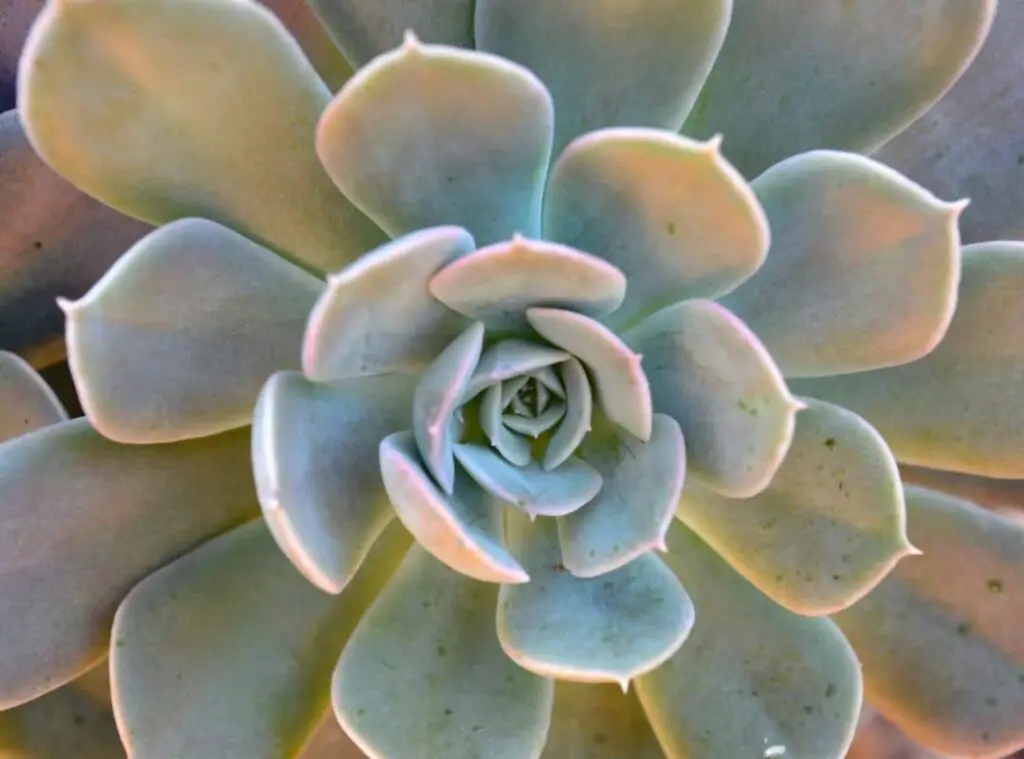
Pot size Potting and Repotting
When you select a pot or a container to grow Echeveria lola plants, ensure that whatever the pots you choose, they have adequate drainage holes. That will help the water to move through well
Further If you spot your Echeveria lola plant has outgrown the pot, you could try transplanting them in a new pot or in a new container along with a proper growing medium.
If you consider repotting your Echeveria lola plants, that will help the roots system to enhance more.
Consequently, when you take out the old soil from it and give fresh soil, Lola plants will have a better chance of absorbing required nutrients.
For example, plants can absorb nutrients such as nitrogen, potassium, and phosphorus as the fresh soil is rich in those substances.
You could do repotting every two years. You could repot them before their growing season. Hence spring would be the most suitable time to do repotting and to provide them with fresh soil along with necessary nutrients.
Further You could observe the plant during this period to identify whether there is any root rot or a pest infection.
When you conduct repotting, ensure that you do it in a smooth way without damaging the plant.
You simply have to take the plant out from the old pot and clean the plant’s roots if there is any old soil around the roots.
You may take off if there are any dead leaves or roots. Afterwards Place them in the new soil mix whilst letting the roots expand.
Avoid watering the plant when you repot the plant. You may resume watering them lightly after about one weeks’ time.
That is because they need some time to adjust to their new living conditions. During this time, they can recover themselves if there are any damages that have happened during the reporting process.
If you repot echeverias grown outdoors, you may apply some organic fertilizers. Further you could add some coarse sand for efficient drainage too.
Where to Plant
This will be quite handy in using containers as well for rock gardens. If you have planted them indoors, place them near a sunny window.
Fertilizer and time of year
These Echeveria lola plants do not want feeding. In case you see your Echeveria lola plant seems to be bleak and the growth has been slower, you may add a small amount of fertilizers.
You could utilize a half strength liquid fertilizer. It should be ideally low in Nitrogen.
Furthermore, when they are in their tender stages, you can go ahead and add some worm casting humus. You may do it twice or thrice monthly in their tender stage.
Dormancy
Echeveria lola plants are Winter Dormant plants.
Other plants Pairs Well With
They will pair well with the Gasteraloe ‘Little Warty’ plant.
Can be toxic to pets
Echeveria lola plants are non toxic to humans and for domestic pets.
Common bugs and illness issues
pests such as mealy bugs could trouble Echeveria lola plants. This mainly happens due to over watering.
When you overwater the plants, they could get rots in stems as well as in their roots too. Pest such as meal bugs love those conditions.
When a meal bug attack is present on these plants, each plant will be dry and will contain foliage in unusual colors.
You could use 70 % isopropyl alcohol for this purpose. Additionally, you could use neem oil to spray on the plants one time a week.
Etiolation is also common among Lola plants as when they lack adequate sunlight , they tend to bend towards a certain direction. Make sure you provide it with sufficient sunlight then.
Root rot is a major issue which you will go through when growing them. Over watering is the reason for this.
Once this happens, rot will spread up to the stem too.
Stem color would turn black or brown, you won’t be able to heal the damaged parts. You could only trim the damaged parts of the plants to treat it.
Special Care tips
Ideally you should take off older, dry and the wilted leaves whenever you see them. Make sure that you do it carefully without harming the plant.
When you grow this indoors, ensure that you plant them in a shallow container along with a good drainage.
When you water the plant, ensure that you do it only for the base of the plant. don’t water the leaves of the plant.
In case, you water the rosettes, wipe it off then and there with a paper towel to avoid any problem happening.
When there is debris of dead leaves on the soil , ensure that you clean it . Then pests won’t be able to settle in those areas.
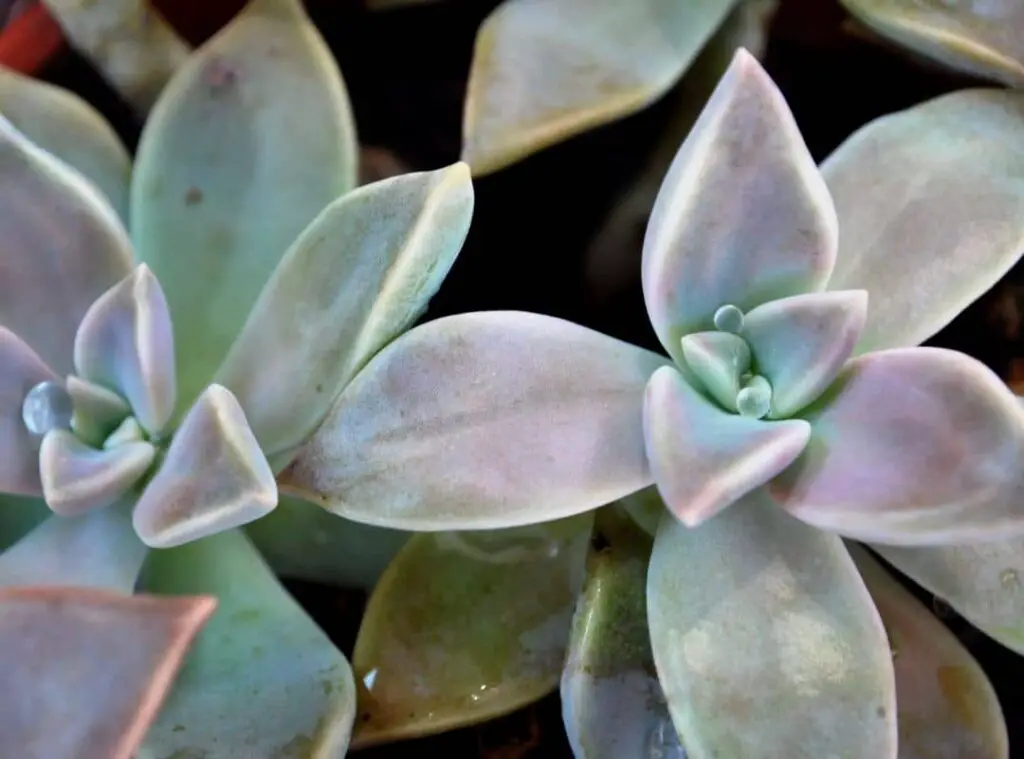
How do you propagate Echeveria lola ?
You can propagate Echeveria lola through several methods. Leaf cuttings, stem cuttings and the offsets method are those methods.
Apart from those, propagation through division is also possible. Propagation through stem cuttings and offsets will have similar outcomes.
Many people tend to multiply the Lola plants by offsets.
When you propagate through stem cuttings, first you have to trim off a stem cutting whilst using a knife. Best would be to get the stem cutting from a little below from the rosettes.
Take off the leaves at the bottom and let it get withered for several days. When you get the stem cuttings, place the cuttings in the potting soil in an upright position.
You may use appropriate potting soil for this purpose. You could do a light Misting at this point of time.
When it comes to propagation through leaf cuttings. You should first grab a leaf from a healthy Echeveria lola plant’s stem. Wither it also for several days.
After that, establish them in a well draining soil mix. You could mist the leaf cuttings with some water and you could see how the new rosettes form in a very short period of time.
Finally, if there are healthy pups available in the Lola plant, you can let them multiply through division. Be gentle when you divide the pups from the mother plant.
Just as in other methods, set both the plants to dry out for a few days and after that you could place them in the ground.
Echeveria lola losing leaves and cause
As a part of their natural growth, Echeveria lola plants tend to drop their older leaves which are at the bottom of the plant.
If you also spot any dead leaves which are still attached to the stem, you should smoothly take them off from the plant manually.
Echeveria lola plant benefits
This will be a great addition for indoor greenery no matter where you live.
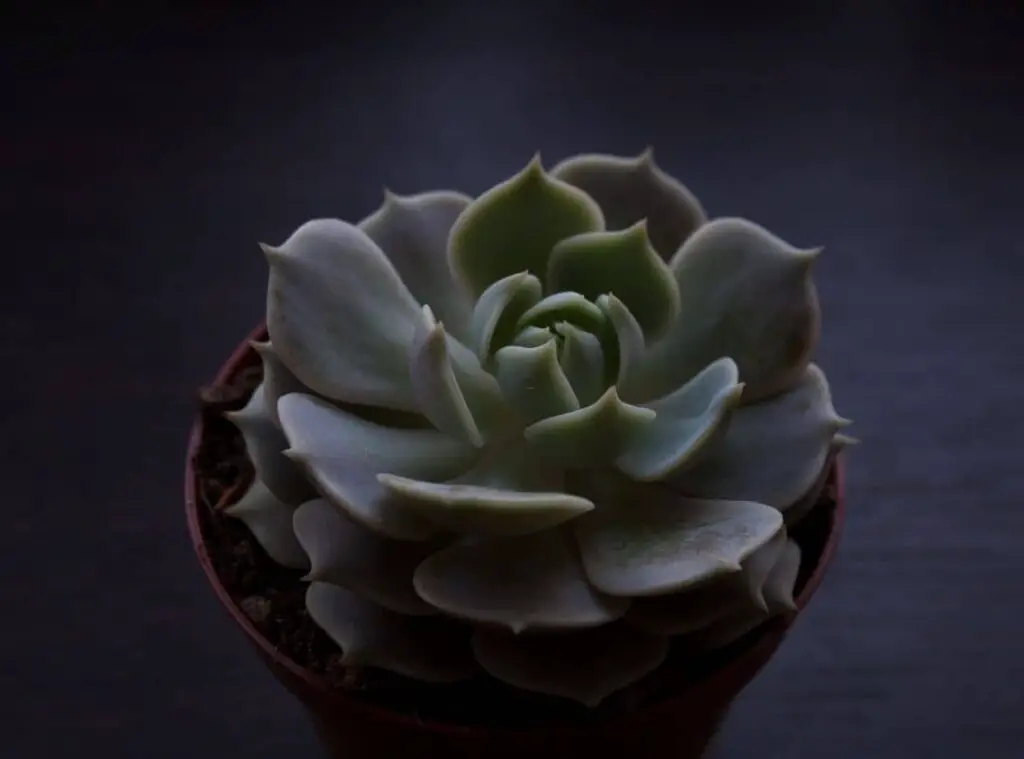
Related questions
How do you repot an Echeveria lola ?
You simply have to take the plant out from the old pot and clean the plant’s roots if there is any old soil around the roots.
You may take off if there are any dead leaves or roots. Place them in the new soil mix whilst letting the roots expand.
Do not water the plant as soon as you repot them. You may resume watering them lightly after about one weeks’ time. You could repot the Echeveria Lol plants every two years.
Is Echeveria lola an indoor plant?
Yes they are. Echeveria lola will be a great pick for an indoor plant. make sure that it gets bright day time sunlight when you grow them indoors. . further protect the plant from freezing temperatures
Is Echeveria lola toxic
Echeveria lola plants are nontoxic to humans and for domestic pets also.
Does Echeveria lola need direct sunlight?
It is not essential to give them direct sunlight as they can survive in full sunshine and in partial shade as well.
Can Echeveria lola be rooted in water?
It is possible to propagate the Echeveria lola plants.
Should I mistreat my Echeveria lola ?
When you propagate the Echeveria lola plant, you could try misting a little. As the time passes, you will see a new small succulent has been formed.
Conclusion
Echeveria lola could be a great indoor grown plant too. Further In case someone wishes to grow it in a container or in a pot, that is also possible as long as you can relocate the plant in and out depending on the weather conditions.
They usually bloom with bell shaped flowers in peach color. Those flowers can make the pollinators land at the plant. These plants can form offsets also and people call them pups.
Read More : Echeveria Imbricata Succulent |15 Mind Numbing Care Facts |
